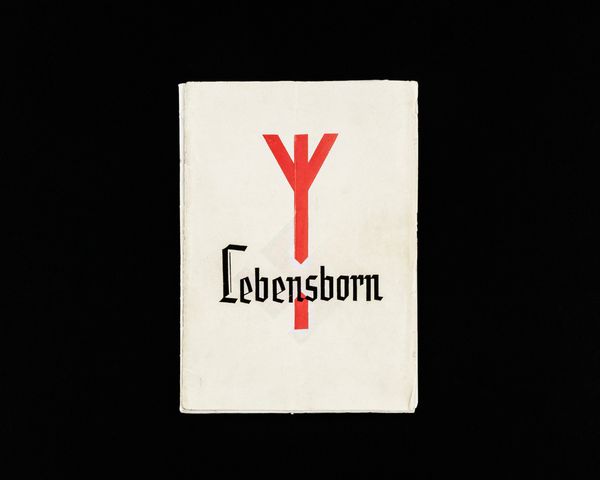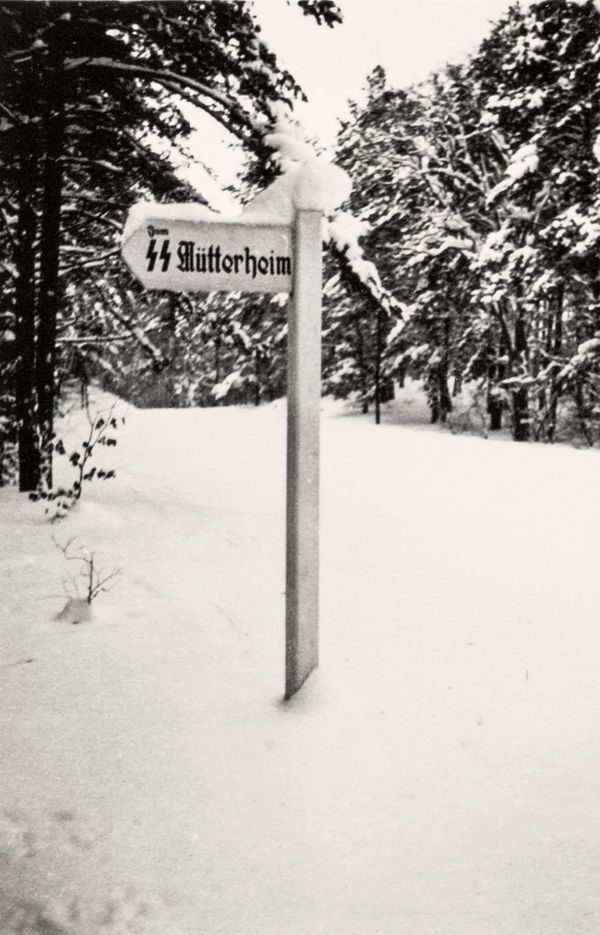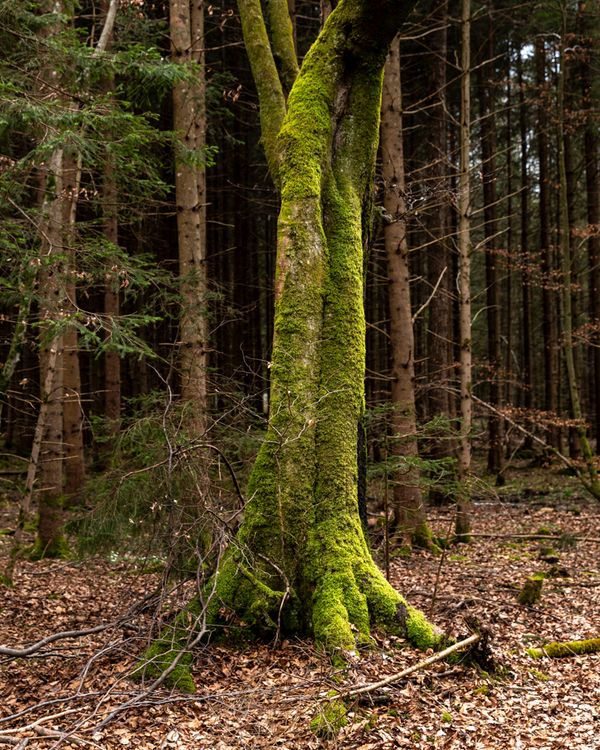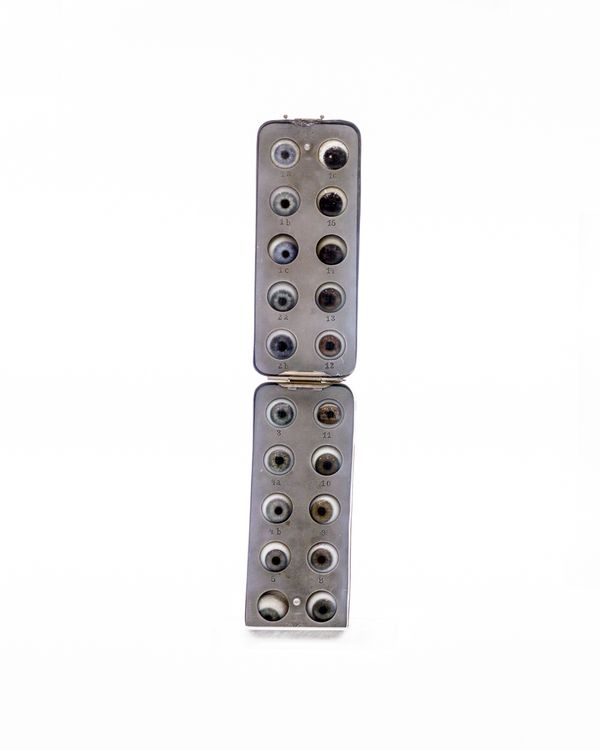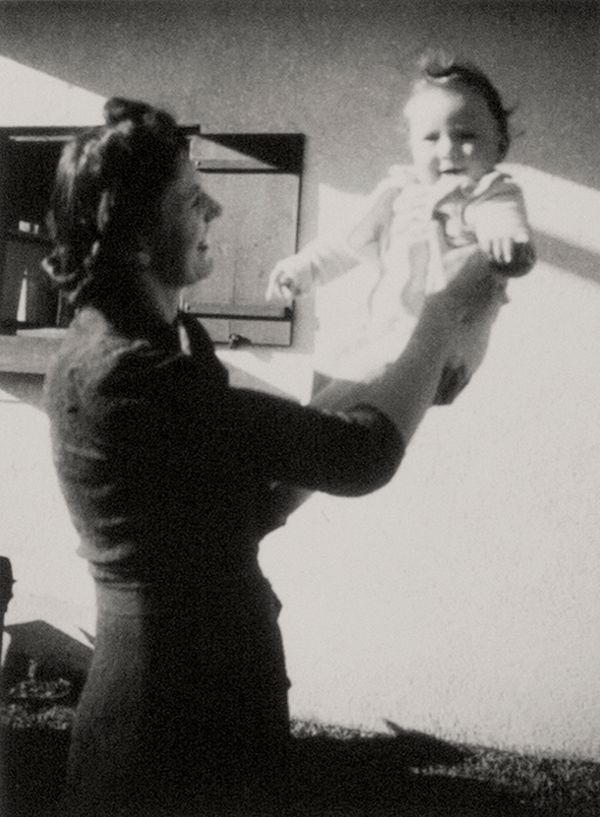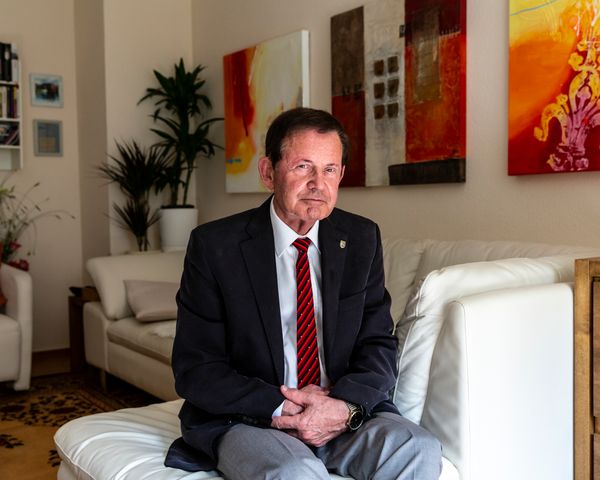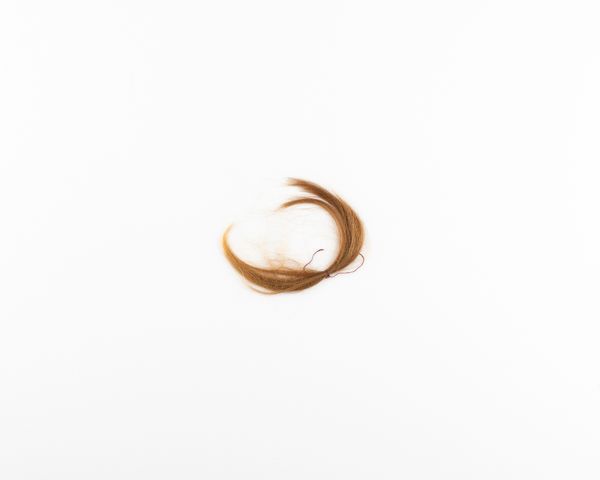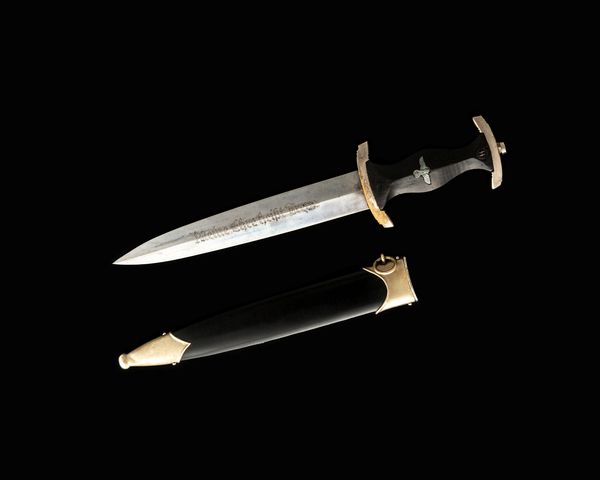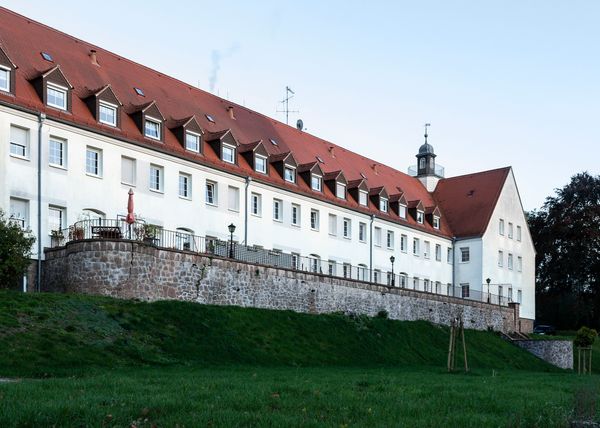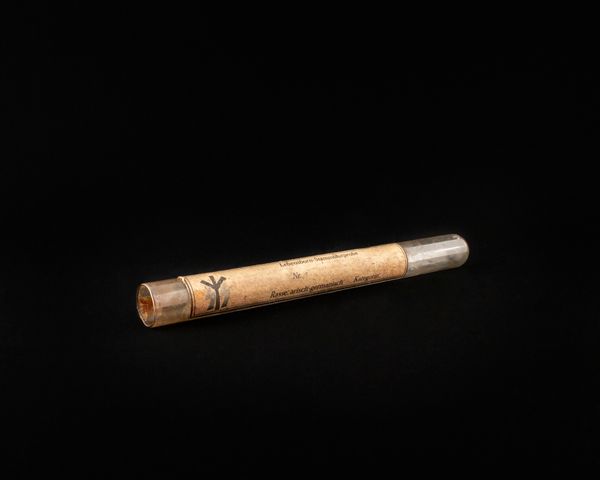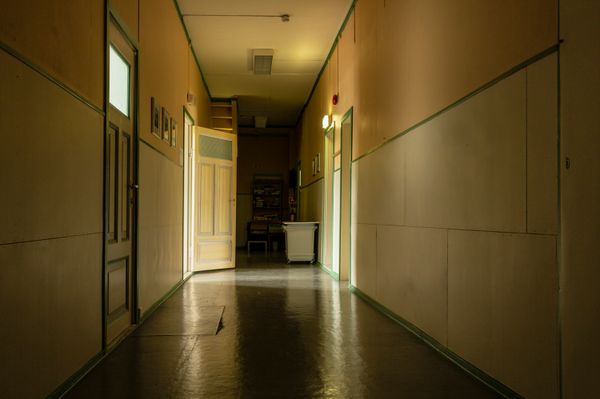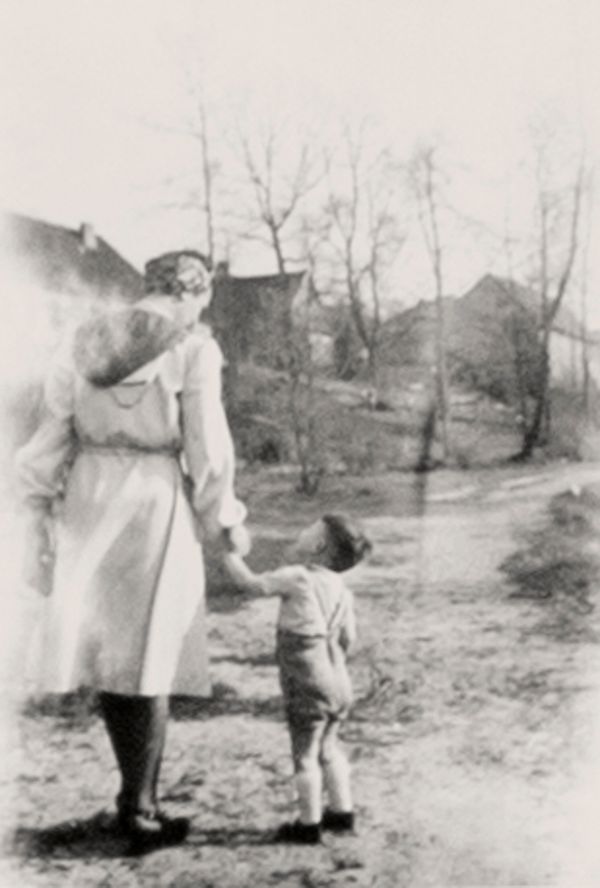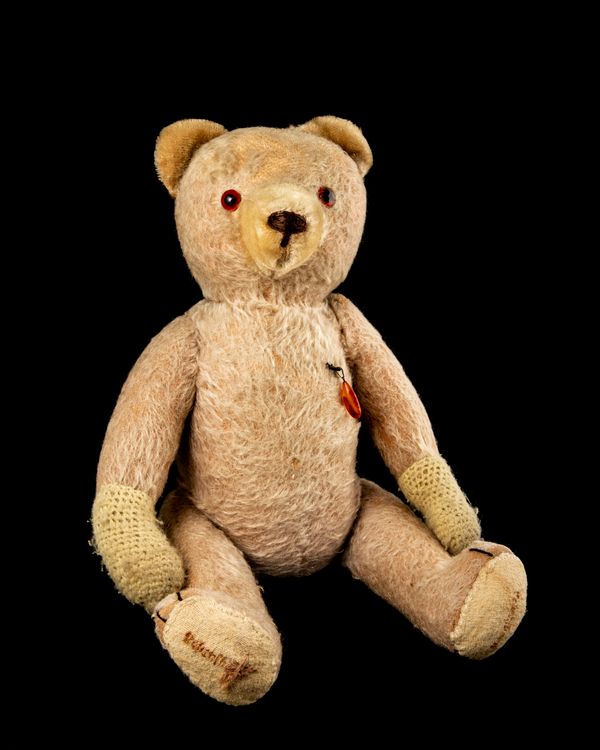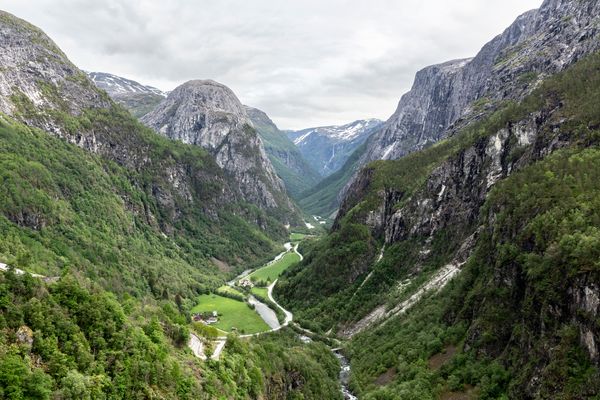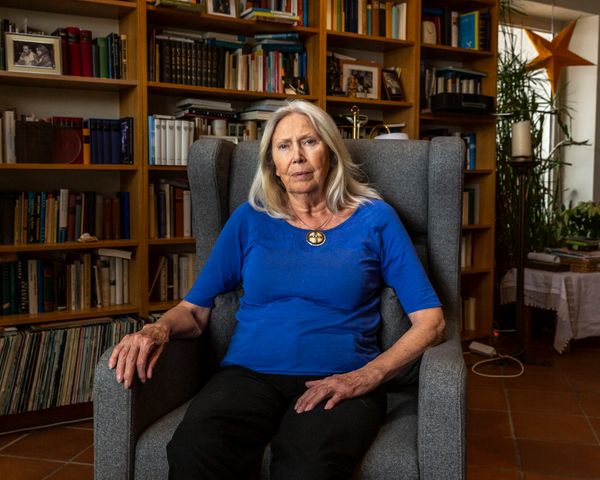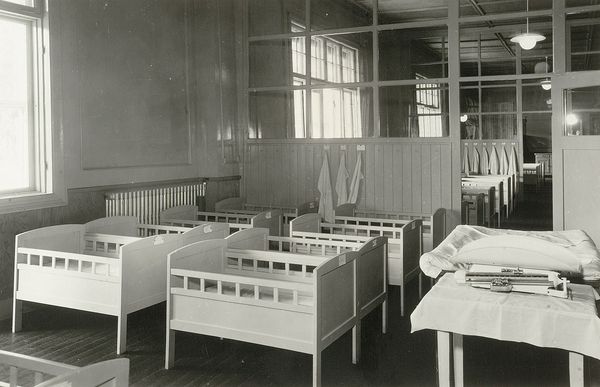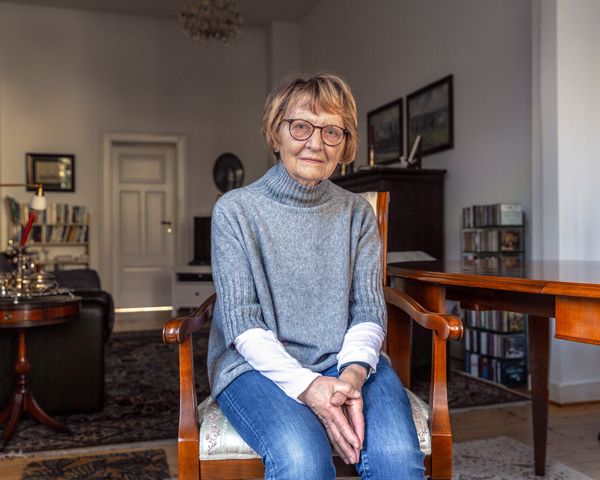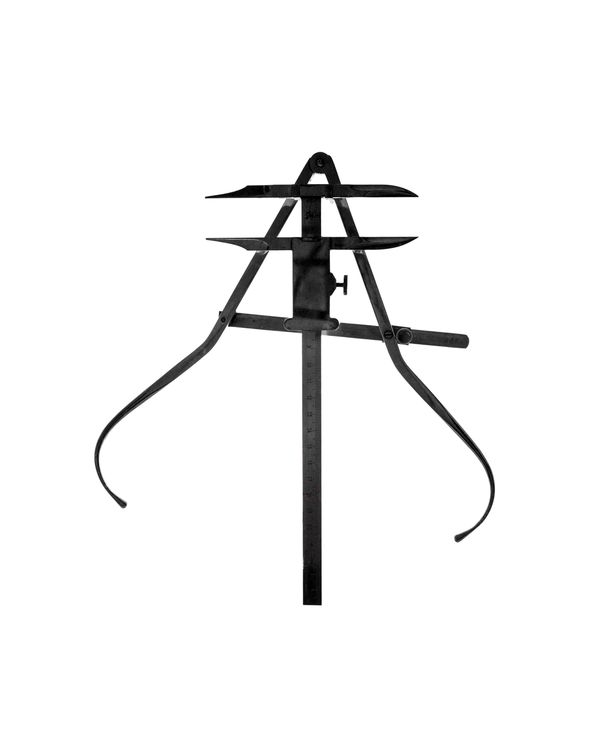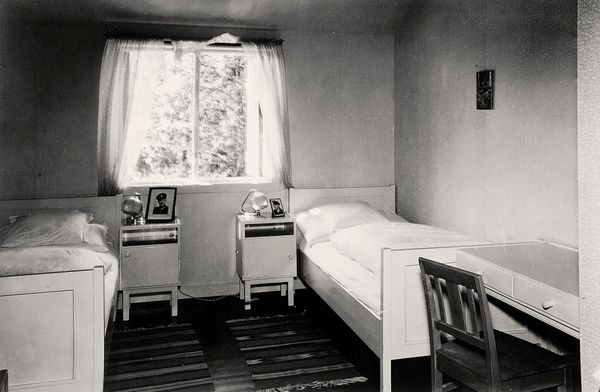Lebensborn
-
Dates2019 - 2024
-
Author
A visual research project about birth politics in the Third Reich and more specifically the Lebensborn program; a program to ensure them of the growth of enough Aryan citizens.
On December 12, 1935, a program was started in Germany to provide the Third Reich with the new generation of leaders and SS officers; Lebensborn (“Source of Life”). SS-officers were encouraged to reproduce as much as possible, including out of wedlock. In several clinics spread over Germany, Norway, Belgium, France and Poland, (unmarried) women, if they met the requirements of the Aryan race, could give birth to their children. Outside of Germany it was mainly the case that German soldiers had relationships with local women. The architect behind this plan, Heinrich Himmler, aimed to improve the ‘racial quality’ in the new empire to be built on a National Socialist basis with these blue-eyed, blond-haired and light-skinned children. The birth rates had dropped dramatically and something had to be done. When it turned out that this program did not bring enough new Aryan souls, thousands of children with blond hair and blue eyes were kidnapped from Eastern Europe and taken to German homes to ‘Germanize’. After the war, the children from these homes and families were often stigmatized and sometimes even mistreated or sexually abused. Many grew up with secrets, the past should not be talked about. The Lebensborn homes were thought to be brothels or ‘stud farms’ for SS-men, as quite some (B)movies implied. Non of these stories were true but they didn’t make life easier for the Lebensborn children.
The purpose of Lebensborn is so immense, unreal and horrific that I believe it should never be forgotten. In view of our society that increasingly flirts with nationalism, I think it is important to document and tell these stories from the past so that they will not be forgotten. It is the ultimate example of a scewed sense of superiority. For the project I tracked down these children to interview and portray them. I also did extensive archival research and I photographed relevant objects and documents such as birth certificates. In addition, I visited several homes (where women could give birth to their Aryan children) in Germany, Austria and Norway. 'Guilty landscapes' are a part of the project as well. A landscape takes on a completely different meaning when these images are combined with stories, portraits and archive images that tell about its history. The project is now a book designed by Rob van Hoesel and published by The Eriskay Connection. Release April 2024. The book was shortlisted for the Historical Book Award in by Rencontres Arles and the Paris Photo Aperture First Book Award. The project was exhibited at Kunsthal in Rotterdam and was the winner of the Emergentes Portfolio reviews and the PhEST Pop Up open Call. It is currently exhibited at both festivals. The project was published internationally; in Washington Post, GEO.DE, Frankfurter Allgemeine, Volkskrant, NRC, Trouw and more.
Installation description:
Ideally I'd like to start with a short intro of the program using text and then we show the pictures as followed:
First a set of objects:
It works well when placing the objects/documents with a black background together in a grid of 2 x 4 images. Size 40x50 cm. There are a lot more of these images than I could send with this open call containing for instance an SS dagger (used for the baptismal ceremony), a Mutter Kreuz (that women would get if they had a lot of babies in Nazi Germany), a spoon from a Lebensborn home (with inscription), Himmler's order for SS to procreate as much as possible etc.
We use a few blow-ups of the 'guilty' landscapes in the exhibition space. This works very well and creates this atmosphere of duality when combined with the measurement devices with white background (48x60 cm). There are three of these devices photographed: a measurement device for eye and skin colour, hair, and head circumference.
Buildings & Interior can be placed throughout the exhibition space, where it fits, in combination with a blow up landscape.
Protagonists & sound:
I have three edited interviews where you hear three individuals speaking about their life and experiences, they take about 5-7 minutes each. They are from Gisela Heidenreich, Ingrid von Oelhafen and Michael Sturm. I'd like to show their portraits combined with an archival image and a quote that was used in the book plus a short introduction text. Visitors can then listed to them speak with headphones or it can be played out loud in a loop. Size of the portraits should be bigger than the objects and devices. The archival images smaller.
Propaganda films: An extra addition to the exhibition could be two propaganda films that can be used from USHMM. They show a doctor using the racial measurement devices and another showing the necessity of racial hygiene explained by showing beautiful footage of nature, plants and animals.
